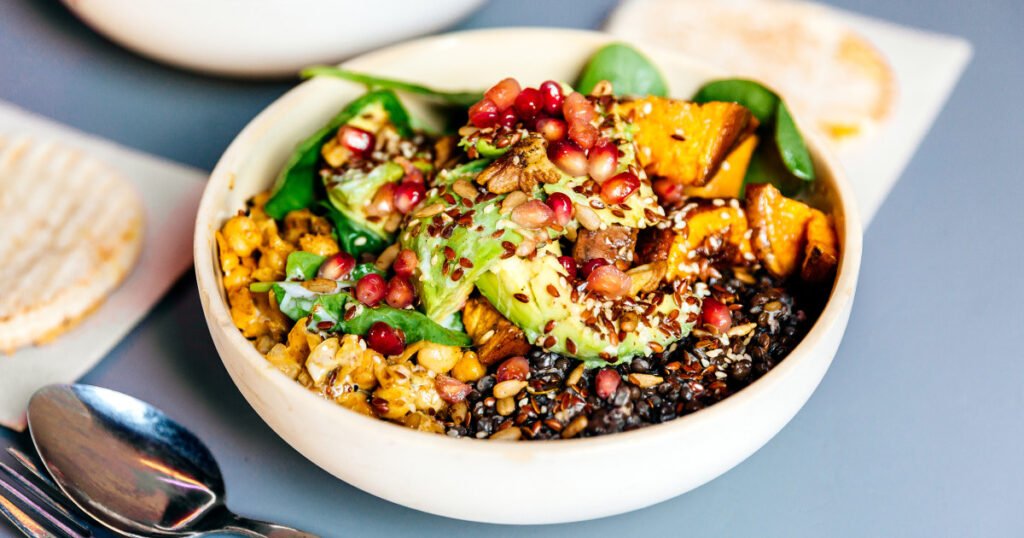The flexitarian diet is a semi-vegetarian diet that encourages a plant-forward approach without requiring you to completely give up meat, dairy, eggs, and seafood. Created by registered dietitian-nutritionist Dawn Jackson Blatner, this diet is flexible and allows you to gradually reduce animal-based foods while increasing plant-based options over time. The key is to focus on making plants the highlight of your meals, with animal-based foods being more like side dishes rather than the main course. By following a flexitarian diet, you can enjoy many of the same health benefits as vegetarians while also making a positive impact on the environment.
To truly follow a flexitarian diet, you should eat mostly vegetables, fruits, nuts, seeds, beans, legumes, and whole grains. You can also consume smaller amounts of meat, dairy, butter, eggs, and seafood. Research shows that incorporating more plant-based foods into your diet and reducing animal products and processed foods can help protect you from chronic illnesses like dementia, obesity, Type 2 diabetes, cardiovascular problems, and more. Plant-based foods are rich in fiber, antioxidants, vitamins, and minerals, while being naturally lower in calories. Additionally, a flexitarian diet has a smaller environmental impact compared to a meat-heavy diet.
Following a flexitarian diet can offer various health benefits, including helping with weight loss or maintenance, boosting mental well-being, and increasing your lifespan. By eating more plant-based foods, you may feel more full for longer, have more energy, sleep better, and boost your immunity. However, transitioning to a flexitarian diet may require some time and effort, especially in terms of meal preparation and learning new cooking techniques. You may also need to supplement certain nutrients like calcium and B12 as you reduce meat and dairy consumption.
To get started with flexitarian eating, you can begin by incorporating two meatless meals per week and gradually increasing the number of plant-based meals you consume. The goal is to make plant-based foods the focus of your meals, while still enjoying smaller portions of animal-based options. The flexitarian diet allows you to progress at your own pace and enjoy as many meatless meals as you like. To make the transition easier, you can follow a sample meal plan that focuses on adopting a 75% plant-based diet, limiting less healthy foods, and enjoying flavorful dishes like sweet potato and black bean breakfast bowl, chickpea and avocado wrap, garlicky pasta with broccoli, and cucumber slices with protein-boosted guac.












